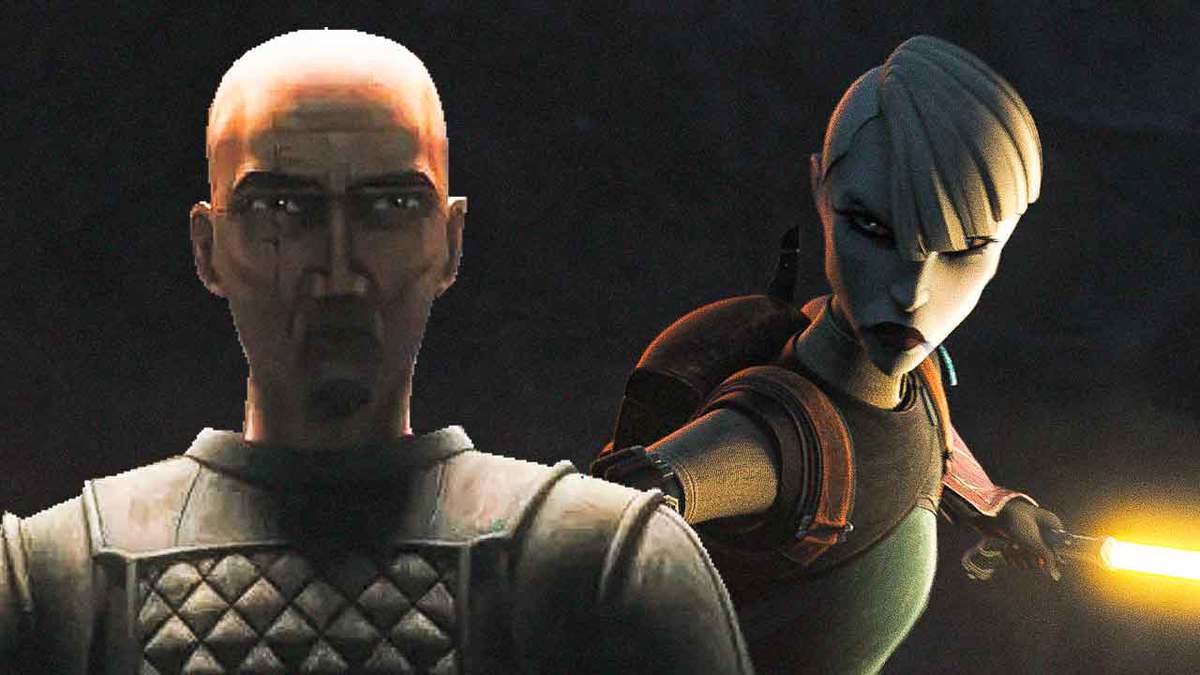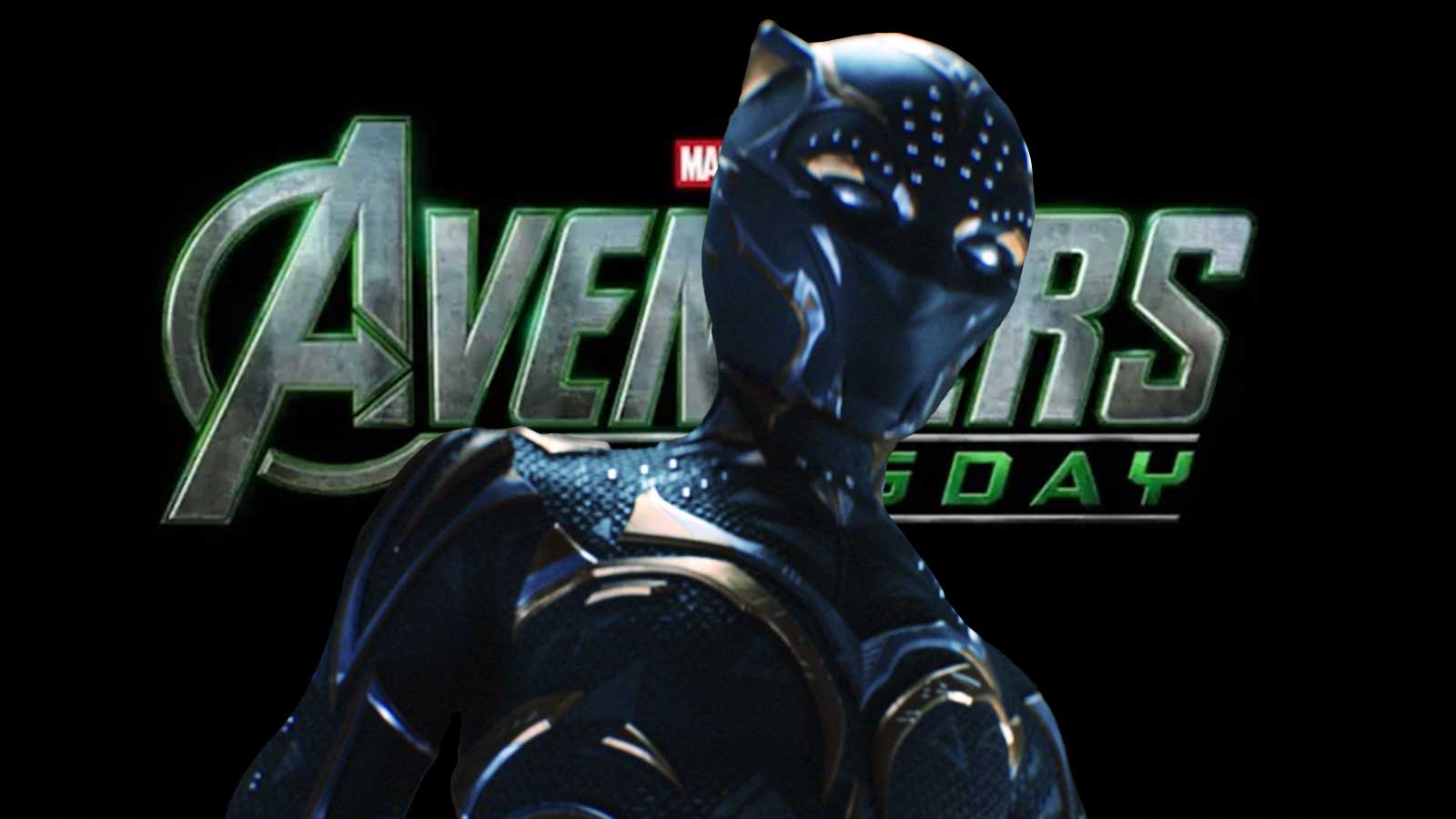In the latest installment of “Star Wars: The Bad Batch,” titled “The Return,” viewers are treated to a poignant exploration of family, forgiveness, and the lingering scars of war. The episode delves deep into the dynamics between the members of Clone Force 99, particularly focusing on the strained relationship between Hunter and Crosshair.
Reunion and Reflection
From the outset, “The Return” sets the stage for introspection and reconciliation as the Bad Batch finds themselves reunited on the icy planet of Barton IV. This location holds significant emotional weight for Crosshair, serving as a backdrop for him to confront his past and come to terms with his actions under the influence of his inhibitor chip.
Crosshair's return to Barton IV is a symbolic journey, both literal and metaphorical. It's a place where he must confront his demons and reckon with the choices he's made. The desolate landscape serves as a stark reminder of the toll of war and the personal sacrifices endured by each member of the Bad Batch.
Unspoken Grief
The absence of Tech, who met his demise in previous episodes, looms large throughout “The Return.” The team's acknowledgment of his absence underscores the depth of their grief and the challenges they face moving forward without one of their own. The unspoken moments of reflection and remembrance add layers of complexity to the narrative, highlighting the toll that loss takes on the tightly knit group.
Tech's absence serves as a catalyst for introspection and growth among the remaining members of the Bad Batch. His memory is a constant presence, a reminder of the sacrifices made in the pursuit of freedom and justice.
Hunter and Crosshair's Confrontation
Central to the episode is the long-awaited confrontation between Hunter and Crosshair, whose relationship has been fraught with tension since the inception of the series. As they grapple with their conflicting loyalties and past grievances, they are forced to confront the realities of their choices and the paths that led them to this moment.
The confrontation between Hunter and Crosshair is a pivotal moment in the series, one that has been building since the beginning. It's a cathartic release of pent-up emotions and unresolved tensions, as both men confront their demons and seek a path forward.
A Journey Towards Redemption
Through poignant exchanges and moments of vulnerability, “The Return” charts the beginnings of Crosshair's journey towards redemption. His admission of guilt and remorse marks a pivotal turning point in his character arc, offering hope for reconciliation and healing within the fractured group.
Crosshair's journey towards redemption is a central theme of “The Return,” one that resonates deeply with audiences. It's a reminder that even the most hardened of souls can find redemption if they are willing to confront their past and seek forgiveness.
Omega's Struggle
While much of the focus is on Crosshair and Hunter, this Star Wars episode also delves into Omega's internal struggle with survivor's guilt. Her emotional journey mirrors that of her fellow clones, highlighting the toll of war and the complexities of navigating trauma in the aftermath of conflict.
Omega's struggle with survivor's guilt is a poignant reminder of the human cost of war. Her journey towards healing is a central theme of “The Return,” one that underscores the resilience of the human spirit in the face of adversity.
Themes of Forgiveness and Hope
At its core, “The Return” grapples with themes of forgiveness, redemption, and the enduring power of hope in the face of adversity. Through the trials and tribulations of its characters, the episode explores the possibility of healing and growth, even in the darkest of times.
The central themes of forgiveness and hope resonate deeply with audiences, offering a message of optimism and resilience in the face of adversity. It's a reminder that even in the darkest of times, there is always hope for redemption and healing.
A Masterful Script
Amanda Rose Muñoz's script expertly weaves together the individual arcs of each clone, creating a cohesive narrative that resonates on both a personal and thematic level. The exploration of morality, identity, and the lingering effects of war adds depth and nuance to the story, elevating “The Return” beyond mere entertainment.
Muñoz's script is a masterful blend of character-driven drama and high-stakes action, with each scene serving to deepen our understanding of the characters and their motivations. It's a testament to her skill as a writer that “The Return” is able to tackle such weighty themes with grace and sensitivity.
Visual and Emotional Depth
Director Nate Villanueva's deft hand brings “The Return” to life with stunning visuals and emotional depth. From the sun-drenched tranquility of Omega's homecoming to the haunting beauty of Barton IV, each frame is imbued with meaning and significance, enhancing the storytelling experience for viewers.
Villanueva's direction is a masterclass in visual storytelling, with each shot carefully composed to evoke maximum emotional impact. It's a testament to his skill as a filmmaker that “The Return” is able to resonate so deeply with audiences on both an intellectual and emotional level.
Conclusion: A Triumph of Storytelling
In “The Return,” “Star Wars: The Bad Batch” delivers a powerful and emotionally resonant chapter that explores the complexities of family, forgiveness, and redemption. With its masterful script, compelling performances, and stunning visuals, the episode stands as a triumph of storytelling in the “Star Wars” universe. As the series continues to unfold, audiences can look forward to further exploration of these themes and the continued evolution of its rich and diverse cast of characters.



















